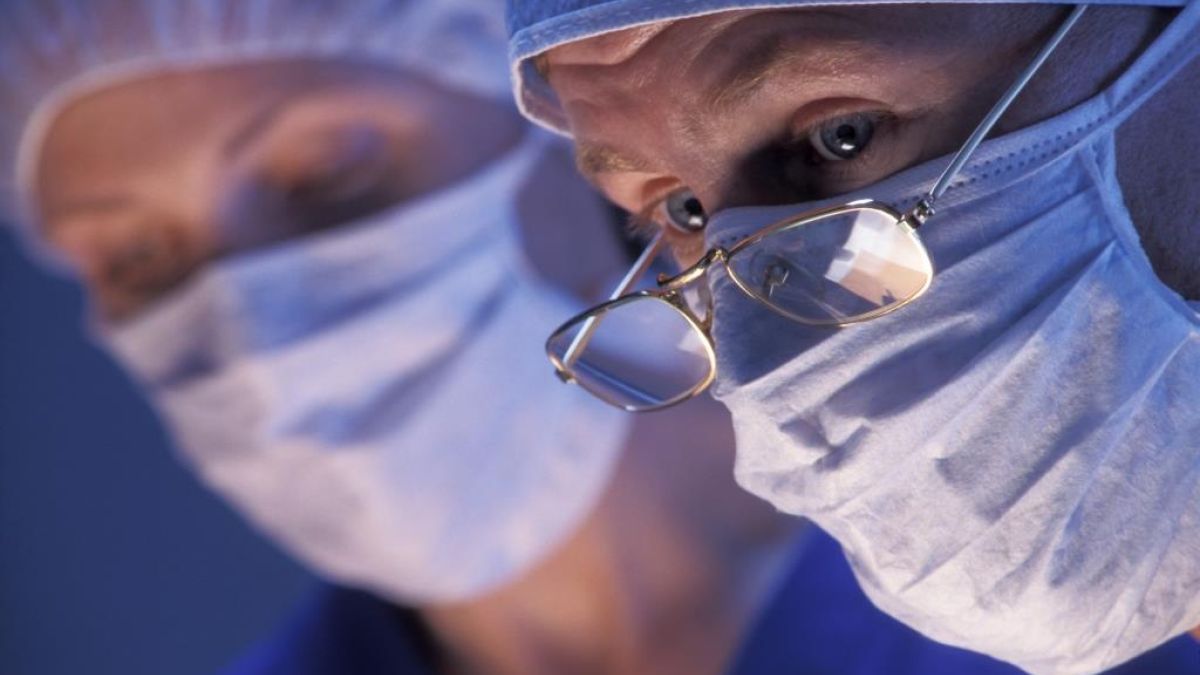Why choose Ochsner Health for your robotic partial nephrectomy?
At Ochsner, our fellowship-trained urological surgeons use the da Vinci Surgical System to provide minimally invasive treatment for kidney cancer and other kidney-related medical conditions. A robotic partial nephrectomy is a robotic-assisted surgery to remove a portion of a kidney because of disease or injury. It is the preferred surgical treatment option for most kidney tumors.
Our expert surgical team takes a multidisciplinary approach to kidney care. To ensure you receive the best possible care, we often partner with other Ochsner specialists, including the general urology, nephrology, oncology and transplant teams.
Navigating complex medical conditions and care can be challenging. All patients who have a robotic partial nephrectomy at Ochsner will have access to a nurse navigator who can help guide them through the process. Nurse navigators can also help answer medical questions and point to additional resources at Ochsner and in the community.



